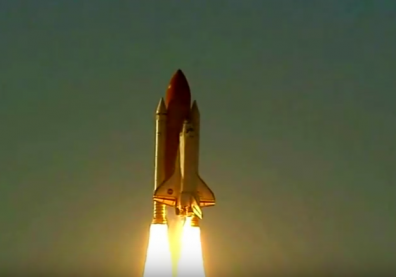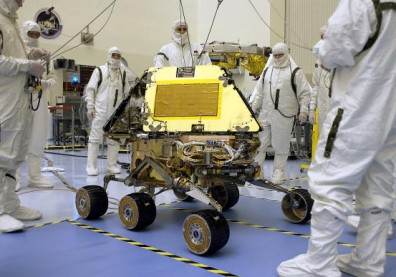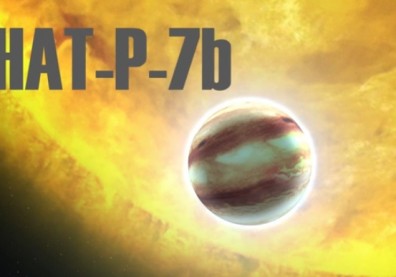NASA has developed a new space engine concept known as Electromagnetic Drive or EM Drive, which seems to produce energy from no source. It is a surprising development that is hardly believable but the scientific ace has possibly done it.
What is EM Drive?
EM Drive is a prototype space engine that has stunned scientists with principles that go beyond the laws of physics. The American Institute of Aeronautics and Astronautics' published the details about the NASA development online on November 17 in the "Journal of Propulsion and Power."
The research was conducted by NASA Eagleworks Laboratory team and the published content was titled as "Measurement of Impulsive Thrust from a Closed Radio-Frequency Cavity in Vacuum." The details were only published after satisfactory peer-review. According to Tech Times, the content included details about the method of testing implied by scientists to examine the EM Drive technology that produced considerable thrust.
The research details in the publication also included the processes and measurements that were used in inspecting the efficiency level of the performance of EM Drive of NASA. The publication of the experiment being published after the review seems to indicate that the research could not be challenged by the independent scientists' panel.
EM Drive Energy Production, Features
The EM Drive research stated that Eagleworks Laboratories conducted an experiment in which it produced a radio frequency resonant cavity thrust-producer. The thrust-producer had the capacity to produce 1.2 millinewtons per kilowatt of thrust in case of vacuum. News.com.au mentioned that NASA used electricity thereafter to produce microwaves and hence bounced off waves in the copper cone (closed).
EM Drive does not use any propellant as seen in case of solar cells rather it uses the microwaves that releases from the solar panels' power. The NASA product delivers inexpensive and faster space travels.
Australian space ion engine inventor Patrick Neumann said that EM Drive works on Newton's Third law that states that every action has an equal and opposite reaction. He added that the idea was exciting. "It's looking stronger," Neumann said. "But it's still breaking the law of conservation of momentum - which is something we'd really like to keep as it's the basis of some really important bits of science and technology."










